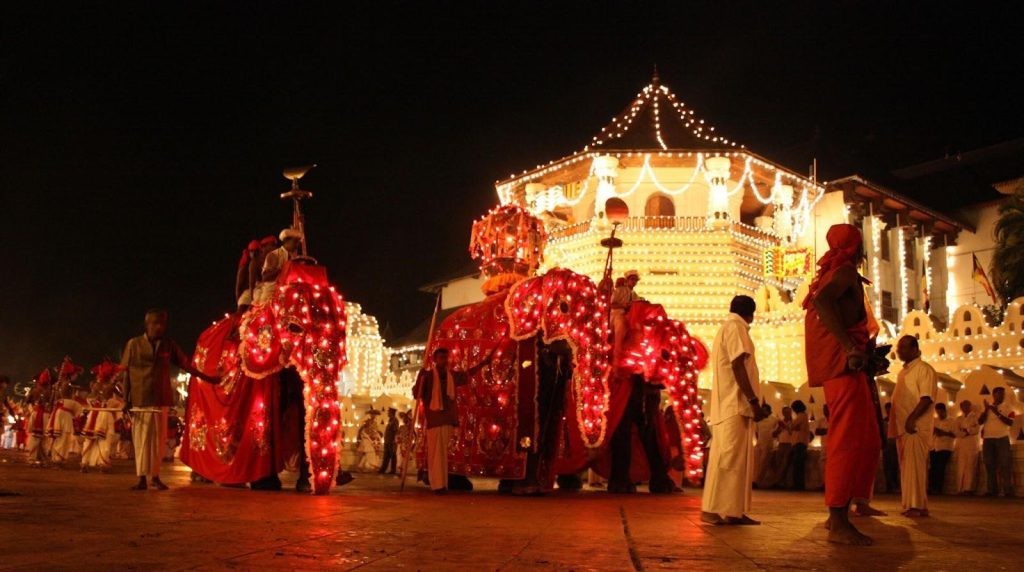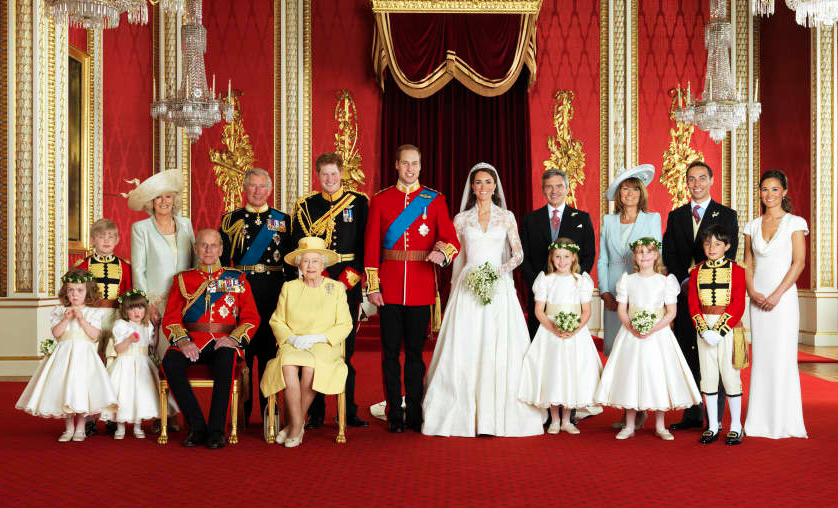History
The history of India dates back to thousands of years and has a rich cultural heritage. India has been home to several ancient civilizations including the Indus Valley Civilization and the Vedic Civilization.
In 326 BC, Alexander the Great invaded India, and later, the Mauryan Empire, under the rule of Ashoka, emerged as one of the largest empires in ancient India. During the reign of the Gupta Empire, from the 4th to the 6th centuries AD, India saw a golden age of Hindu culture, art, and science.
In the 8th century, Arab traders brought Islam to the Indian subcontinent, and the Mughal Empire ruled India from the 16th to the 19th centuries. During this period, India saw a great flourishing of art, architecture, and culture, with the construction of several iconic buildings such as the Taj Mahal.
The British East India Company arrived in India in the late 17th century and established control over large parts of the country by the 19th century. India became a British colony, and the British ruled India for nearly 200 years until India gained independence in 1947.
After independence, India became a democratic republic and has since undergone tremendous economic and social progress. Today, India is the world’s largest democracy and one of the fastest-growing major economies.
The history of India is marked by its rich cultural heritage, diversity, and resilience, and has shaped the country into what it is today.
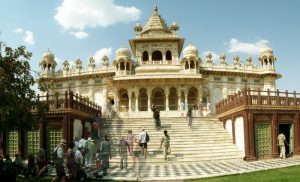
Location
India is a country located in South Asia and is the seventh largest country by area, covering an area of 3.287 million square kilometers. It is surrounded by the Bay of Bengal to the east, the Arabian Sea to the west, and the Indian Ocean to the south. The country is also bordered by Pakistan to the northwest, China and Nepal to the north, Bhutan to the northeast, and Bangladesh and Myanmar to the east.
In terms of latitude and longitude, India is located between 8° 4′ and 37° 6′ latitudes north of the Equator and 68° 7′ and 97° 25′ longitudes east of Greenwich. The country’s capital, New Delhi, is located at 28.61° N and 77.20° E.
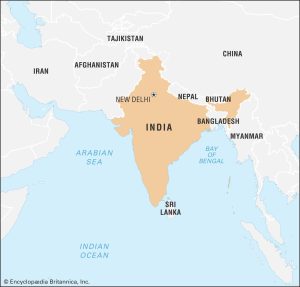
Climate
India has a diverse climate due to its large geographical size and varied topographical features. The country can be broadly divided into four main climatic regions: tropical, subtropical, temperate and alpine.
The tropical climate is predominant in the southern states, such as Kerala and Tamil Nadu, and in the northeastern states, such as Assam and West Bengal. This region experiences high temperatures and high humidity throughout the year, with heavy monsoon rains from June to September.
The subtropical climate is found in northern India, including cities such as Delhi and Jaipur. This region experiences hot summers and cool winters, with monsoon rains from July to September.
The temperate climate is found in the mountainous regions of India, such as the Himalayas and the Western Ghats. This region experiences cool summers and cold winters, with snowfall in some areas.The alpine climate is found in the high-altitude regions of the Himalayas, where temperatures remain low throughout the year and snow is persistent.
Overall, India experiences a monsoon climate, with seasonal winds bringing heavy rains to most parts of the country from June to September. The country also experiences natural disasters such as floods, droughts, and cyclones, which can greatly impact the climate and daily life of the people.

Languages in India
India is a culturally rich and linguistically diverse country, with more than 21 officially recognized languages and hundreds of dialects. According to the Indian constitution, Hindi and English are the official languages, while the remaining languages are recognized as scheduled languages. (Indian constitution, 1950).
In terms of the number of speakers, Hindi is the most widely spoken language in India, followed by Bengali, Telugu, and Marathi. However, the use of English is widespread, particularly in education, government, and business, due to its status as a former colonial language and its current role as a global lingua franca (Crystal, 2003).
Aside from the official and widely spoken languages, India is home to many minority and tribal languages, some of which are endangered and in need of preservation. Efforts have been made to revitalize these languages and promote multilingualism, but the trend of language shift towards the dominant languages remains a concern (UNESCO, 2021).
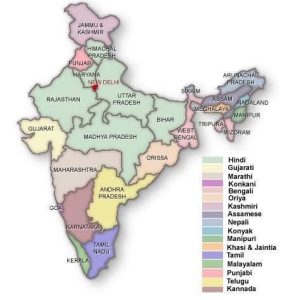
In conclusion, the language landscape in India is complex and dynamic, reflecting the country’s history, cultural diversity, and current global relationships. It is important to acknowledge and preserve the many languages of India, both for their intrinsic value and for the unique cultural perspectives they bring.


